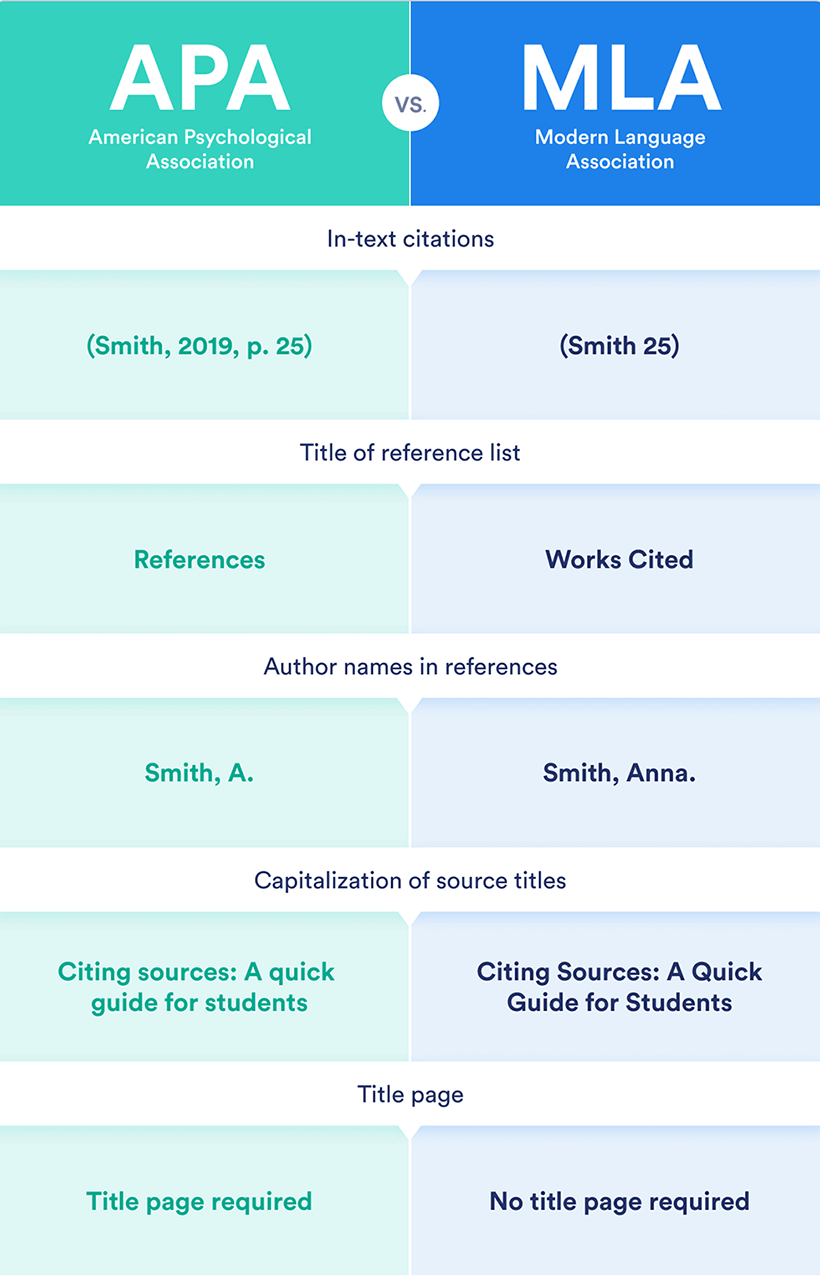
How Should You Credit AI When You Use It?
Artificial intelligence is rapidly becoming a bigger part of our everyday lives. It’s important to think ahead about how this shift might influence your writing.
Take “I googled it,” for example: This phrase perfectly illustrates how language evolves alongside technology. The world’s most popular search engine became so widely used that “to Google” turned into the go-to verb for searching online. Interestingly, the first time “Googling” was used as a verb on television was in a 2002 episode of Buffy the Vampire Slayer.
Now, we’re experiencing another major tech shift: the rise of AI. While we don’t yet have a verb for using AI in the same way we have “Googling,” it raises an important question: Should you acknowledge AI when you use it?
The answer is yes—you should credit AI tools just as you would any other source, such as a book, article, or website. For informal situations, a simple note like “I asked ChatGPT for advice” or “I used AI to gather research” is usually sufficient. In professional or academic writing, however, it’s best to consult the relevant style guides.
Different style manuals offer varying recommendations, but there are some general principles to follow. If you quote or paraphrase content generated by AI, you should cite the specific tool you used (for example, ChatGPT). This ensures transparency and maintains your credibility as a writer, since presenting AI-generated work as your own undermines your integrity.
Even if you use AI for editing, translation, or idea generation without quoting it directly, it’s still good practice to mention its involvement. In these cases, a general statement in the introduction or an appendix—such as “Some ideas in this article were developed with the assistance of ChatGPT”—is appropriate. This approach fosters openness and upholds ethical standards.
For detailed citations, refer to your preferred style guide, as each one has its own formatting rules. For instance, APA treats AI as an author, while MLA omits the author in the citation.
At Word Smarts, we don’t use AI to write our articles, but we do enjoy experimenting with new technologies and keeping up with the evolving language around them. We use AI to brainstorm topics and refine headlines and email subject lines. As AI technology advances, we anticipate new uses and clearer guidelines for writers. While there isn’t yet a verb like “Googling” for AI, it’s likely only a matter of time.

While there isn’t yet a verb like “Googling” for AI, it’s likely only a matter of time.
Best Practices for Using APA and MLA Citation Styles
When using citation styles like APA and MLA, following best practices ensures your work is clear, credible, and meets academic standards. Here’s how to approach each style effectively:
1. Choose the Appropriate Style for Your Discipline
- APA is typically used in the social sciences, psychology, education, and related fields.
- MLA is most common in the humanities, such as literature, languages, and media studies.
- If you’re unsure which to use, consult your instructor, department guidelines, or the publication’s requirements.
2. Understand the Core Structure of Each Style
- Feature APA Style MLA Style
- In-text citation (Author, Year, p. Page) (Author Page)
- Reference list name References Works Cited
- Author format Last name, Initial(s). Last name, First name
- Title capitalization Sentence case (capitalize first word, proper nouns) Title case (capitalize major words)
- Publication date After author’s name in parentheses At the end of the citation
- Book/article titles Italicize books/journals; no quotes for articles Italicize books/journals; use quotes for articles
- URL/DOI No period after URL/DOI Period after URL/DOI
3. Be Consistent Throughout Your Paper
- Use only one citation style per document.
- Apply formatting rules uniformly: font, spacing, margins, and heading styles should be consistent with the chosen style guide.
4. Master In-Text Citations
- APA: Include author’s last name, year, and page number (for direct quotes): Example: (Smith, 2020, p. 15)
- MLA: Include author’s last name and page number: Example: (Smith 15)

When using citation styles like APA and MLA, following best practices ensures your work is clear, credible, and meets academic standards.
5. Compile a Complete Reference List
- APA: Title the page “References.” List entries alphabetically by author’s last name.
- MLA: Title the page “Works Cited.” Also list entries alphabetically.
Follow the specific formatting for each source type (books, articles, websites, etc.) as outlined in the respective manuals.
6. Use Reliable Tools and Guides. Utilize official manuals:
- Publication Manual of the American Psychological Association (7th edition) for APA
- MLA Handbook (9th edition) for MLA
Note that citation generators and university writing centers can help ensure accuracy.
7. Check for Common Mistakes
- Ensure all in-text citations have a corresponding entry in the reference list (and vice versa).
- Double-check punctuation, capitalization, and formatting details.
- For online sources, include DOIs or URLs as required by the style.
8. When in Doubt, Ask
If you’re ever uncertain, consult your professor or a librarian, or refer to your institution’s writing resources.
By following these best practices, you’ll ensure your citations are accurate, your writing is credible, and your work meets academic standards for your field.
Links
- Understanding AI credits – Microsoft Support
- Sell pre-owned AI device online – iGotOffer
How to Add Credits to your OpenAI Account – Fun with AI [Video]
Video uploaded by ParametricCamp on March 25, 2024.






Facebook
Twitter
RSS